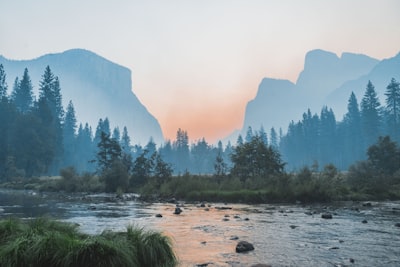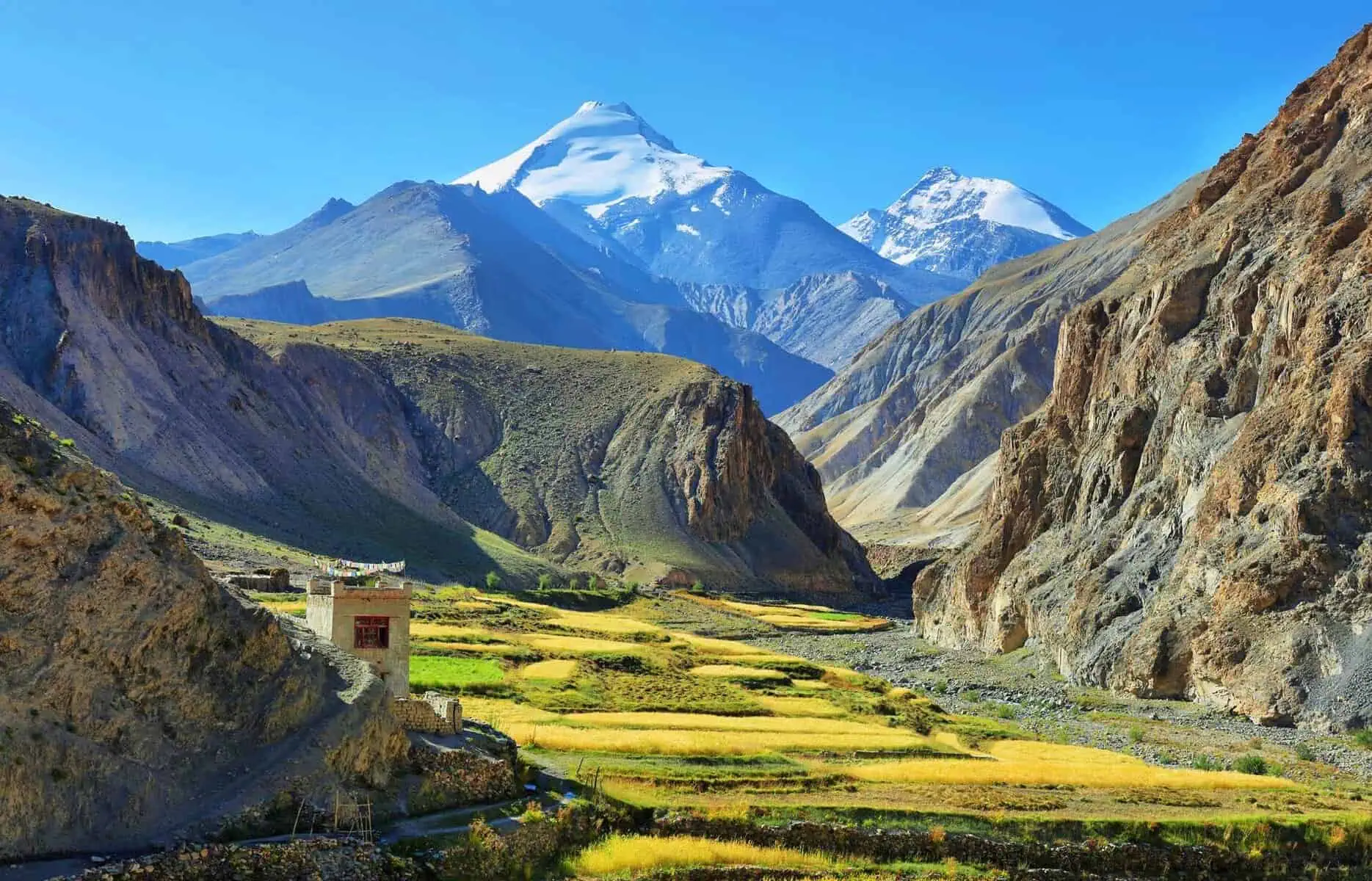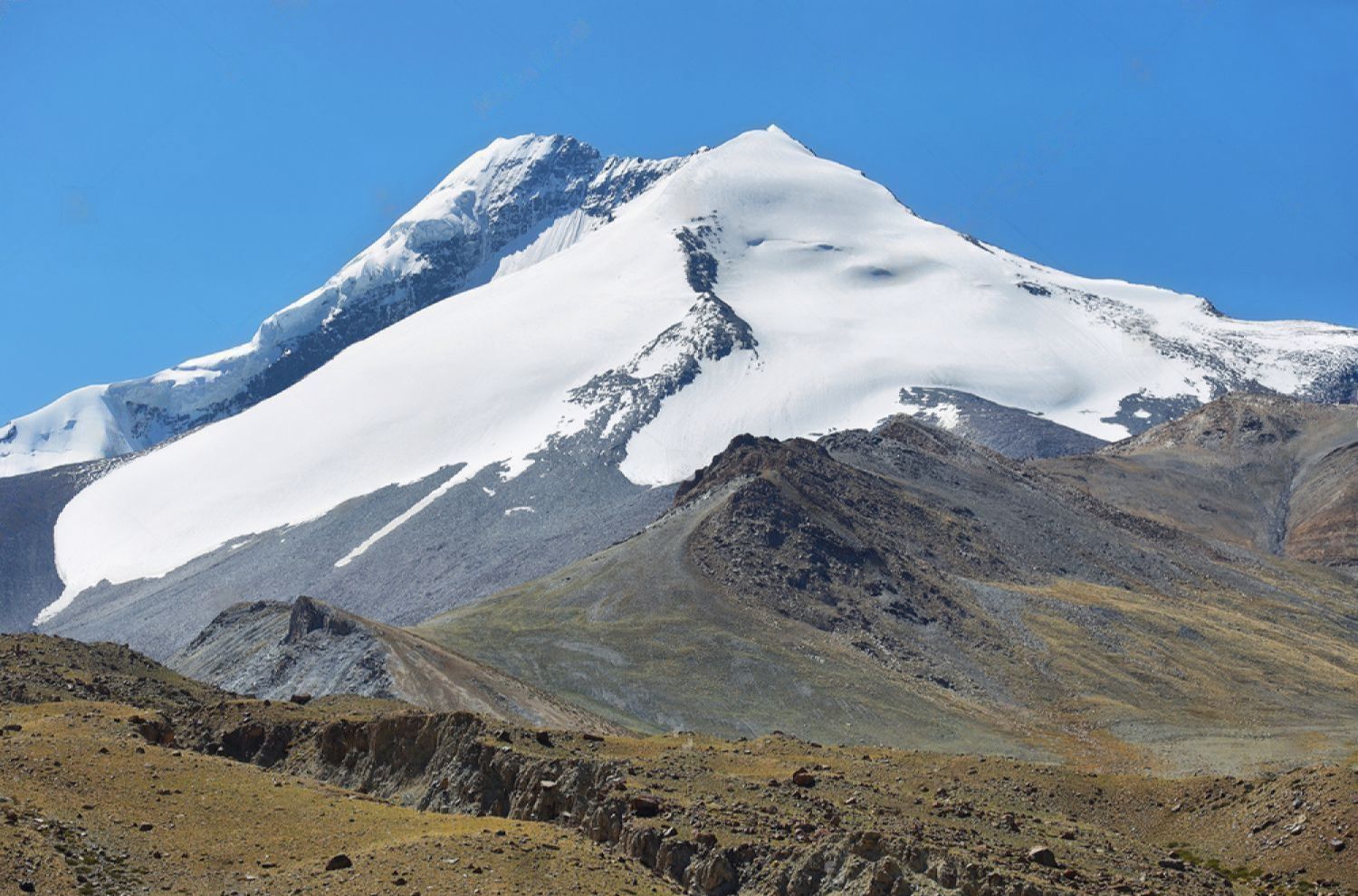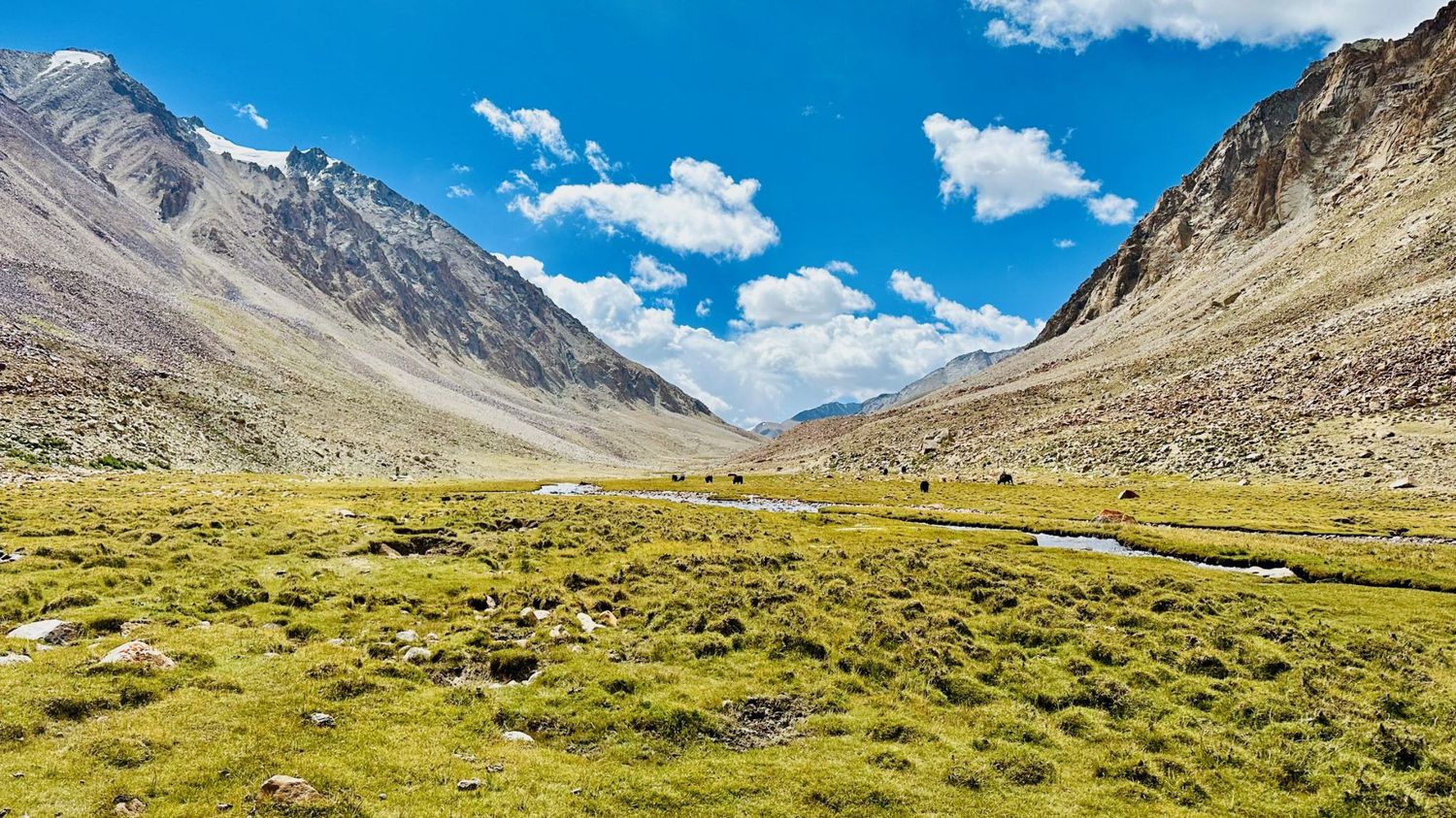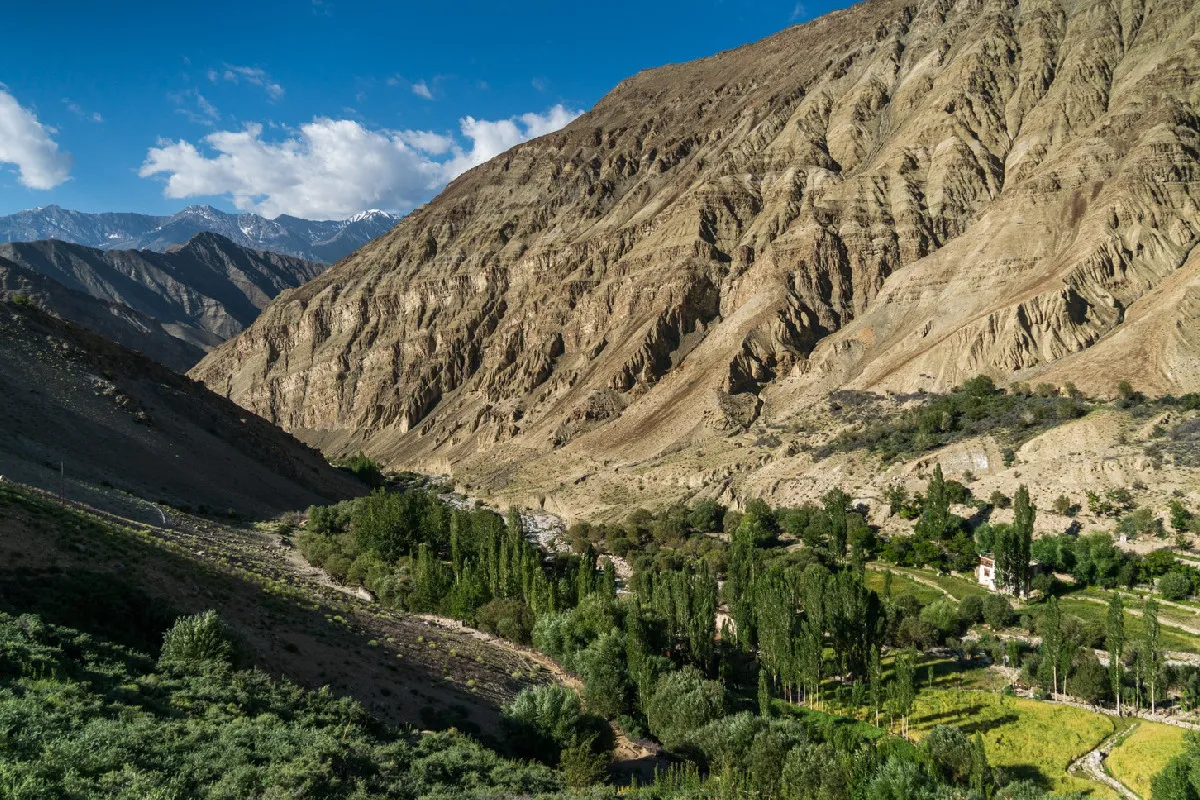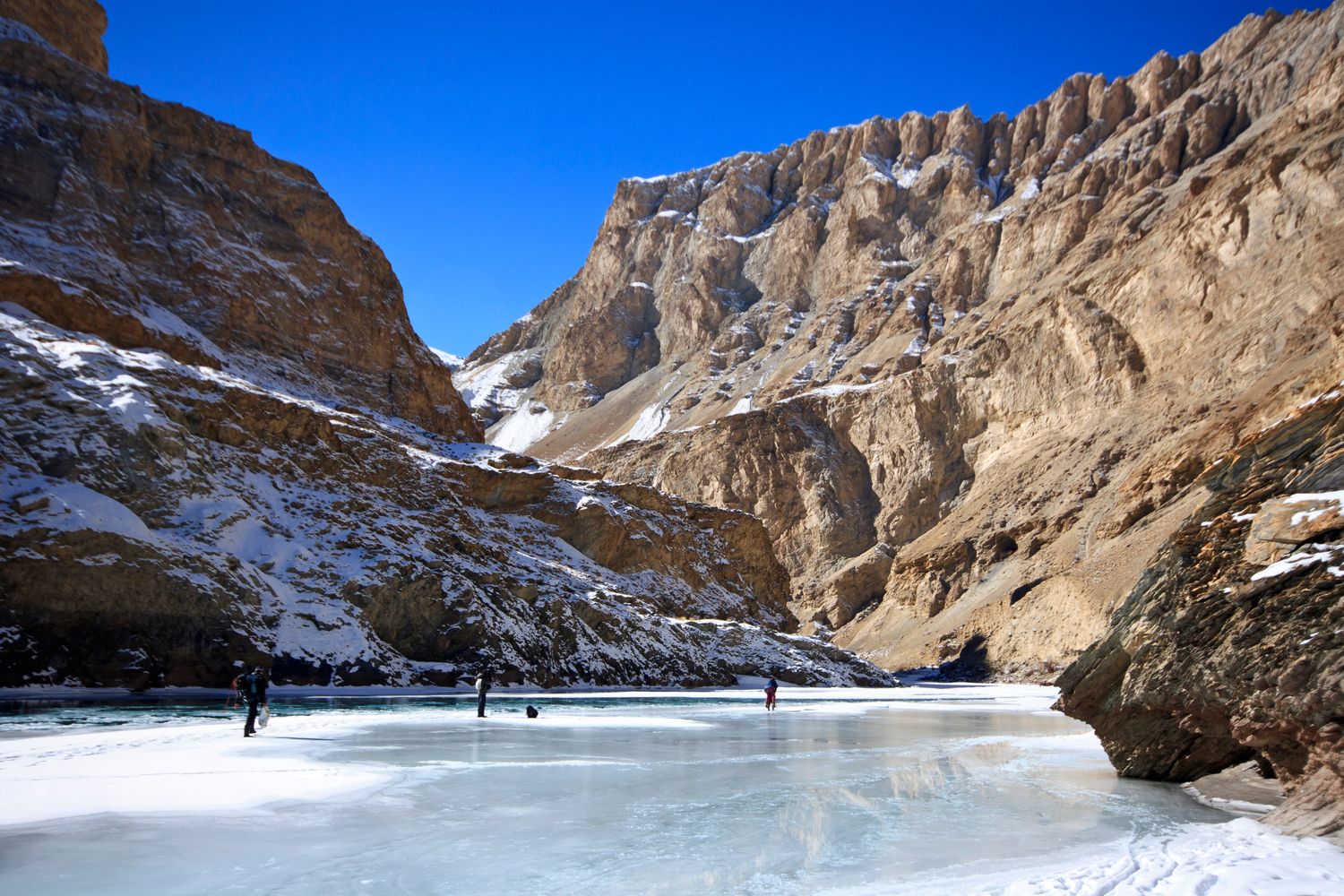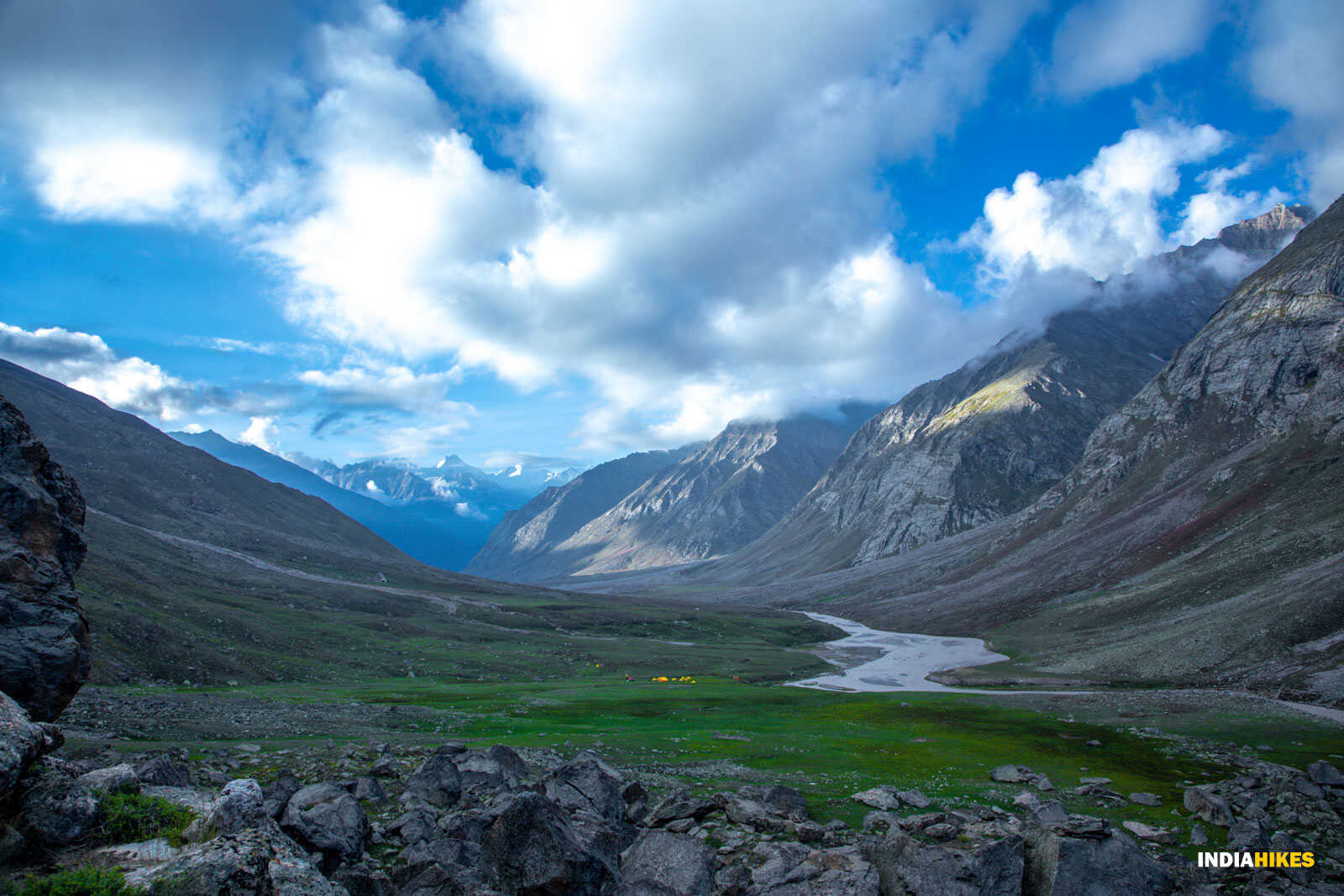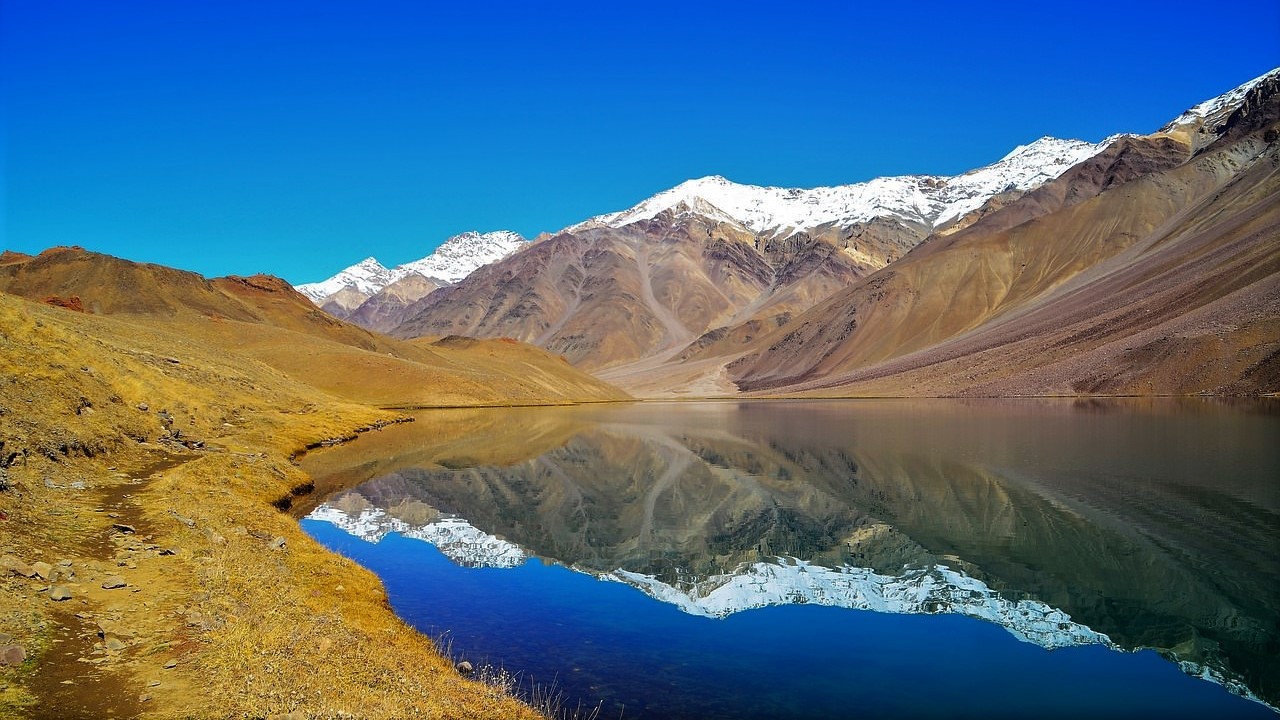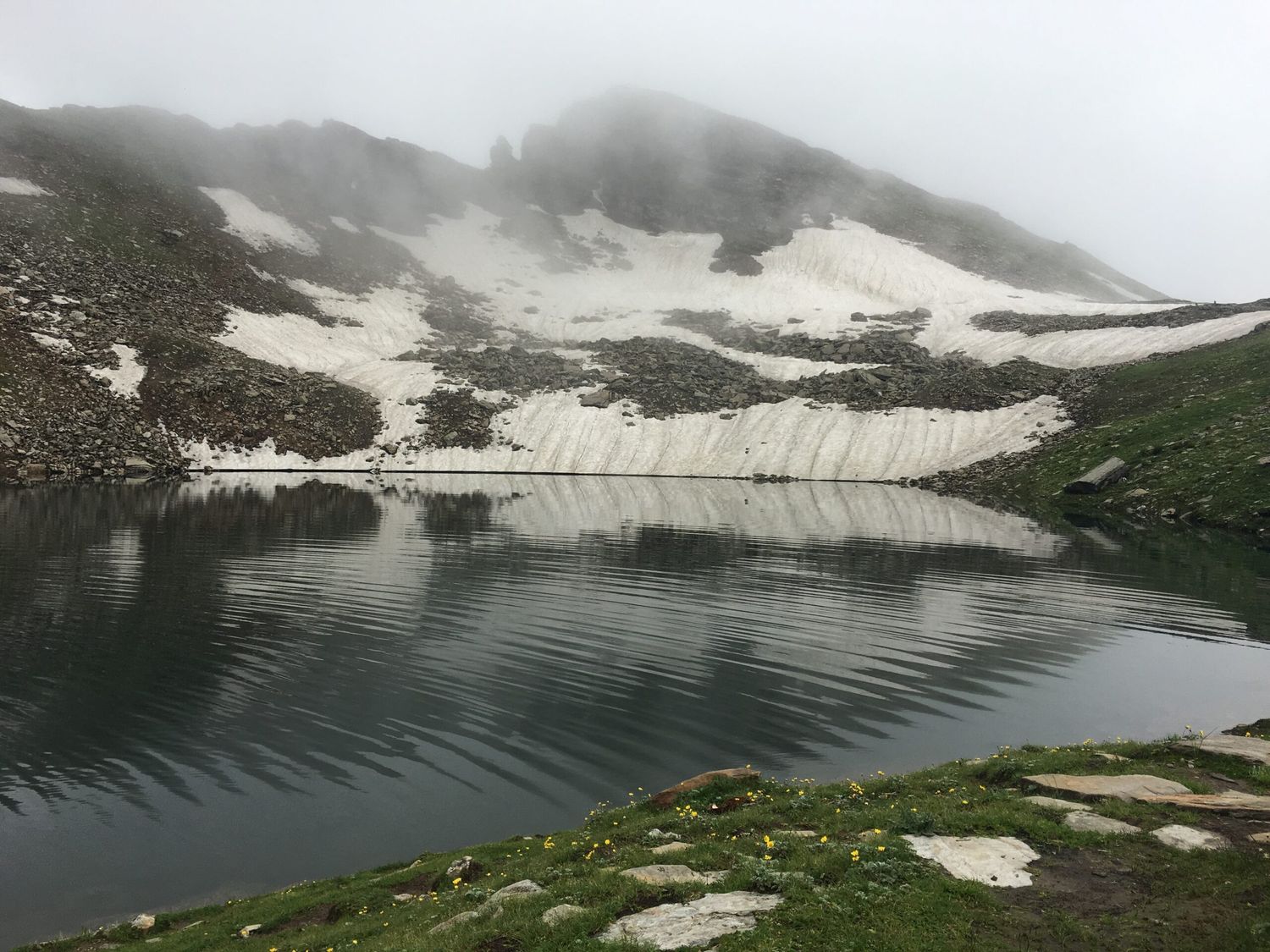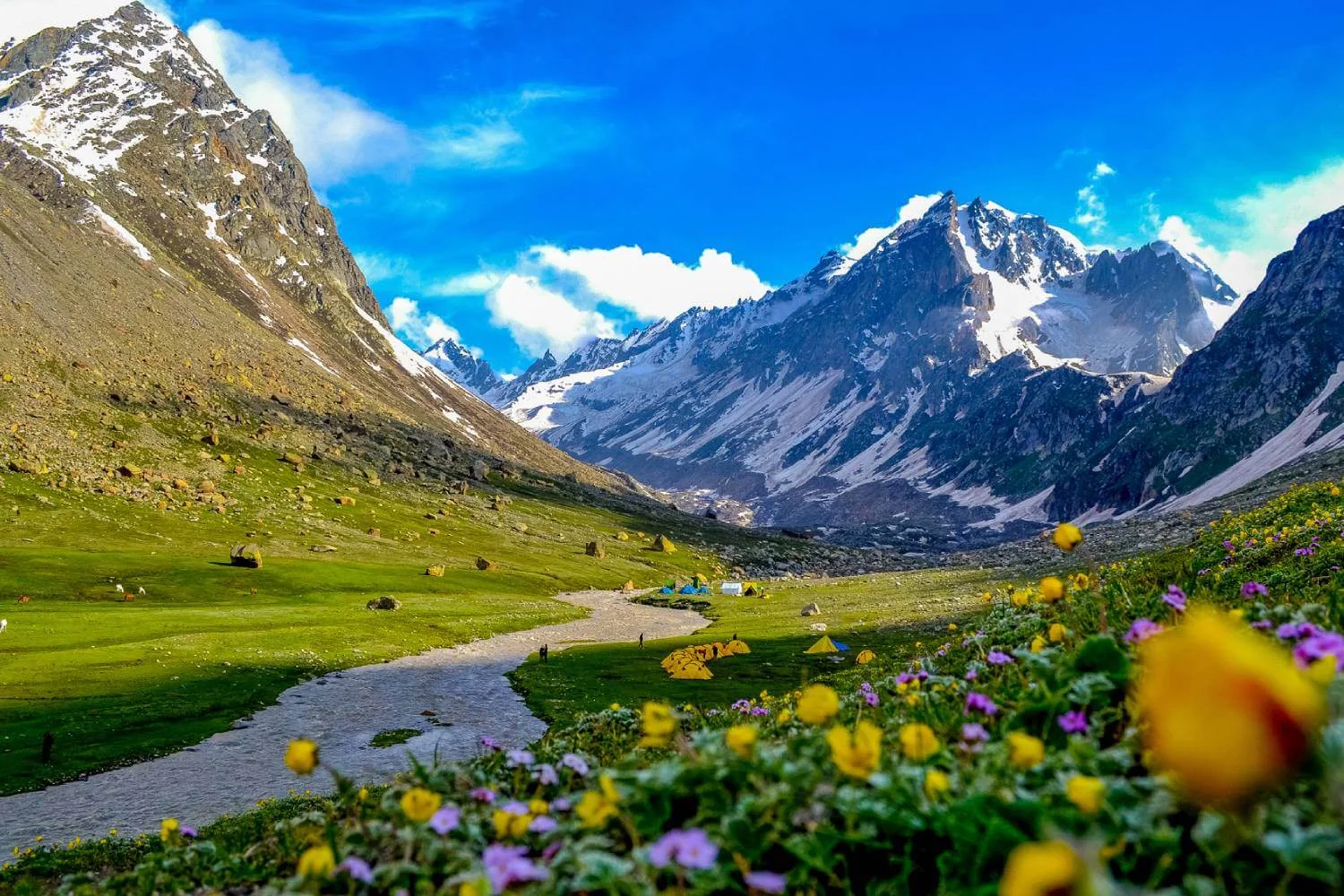Stok Kangri Trek: Conquering Ladakh’s Lofty Summit
The Stok Kangri Trek was once considered the ultimate non-technical expedition in India, attracting trekkers from across the globe. Standing at 6,153 meters, Stok Kangri is the highest mountain in the Stok Range of Ladakh. This trek is not just a climb; it is a test of endurance, mental strength, and high-altitude adaptation. The trail offers breathtaking views of the Zanskar and Karakoram ranges, including glimpses of K2 on a clear day.
The Himalayan Challenge
Stok Kangri pushes trekkers to their limits. With steep ascents, glacial crossings, and sub-zero temperatures, it requires preparation, acclimatization, and prior high-altitude trekking experience. The final summit push often begins at midnight, adding to the thrill and difficulty.
Unparalleled Views
From the summit, trekkers witness a 360-degree panorama of Ladakh’s barren landscapes, with the Karakoram peaks to the north and Zanskar ranges to the south. Few treks in India offer such rewarding views at this altitude.
Why Attempt Stok Kangri
Despite being closed for trekking in recent years to allow ecological recovery, Stok Kangri remains a legendary name in Indian mountaineering. For many trekkers, it symbolizes the first real step into expedition-style climbing.












